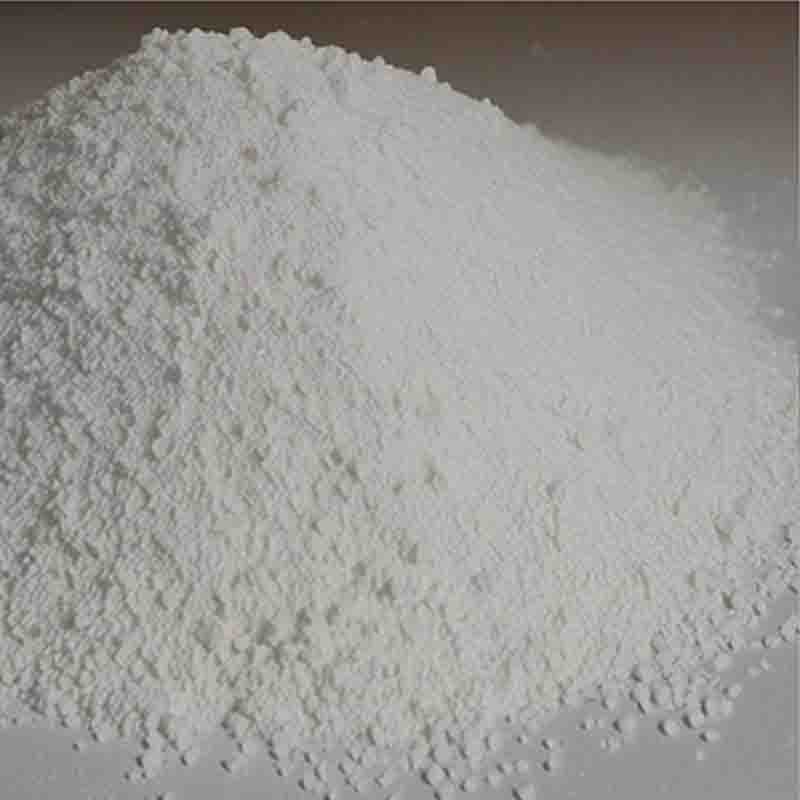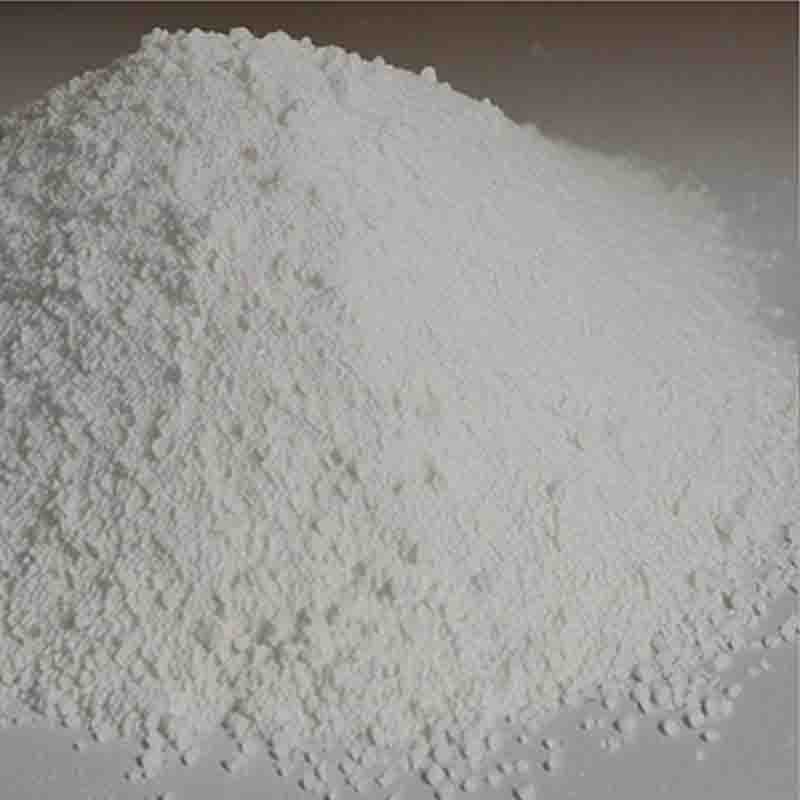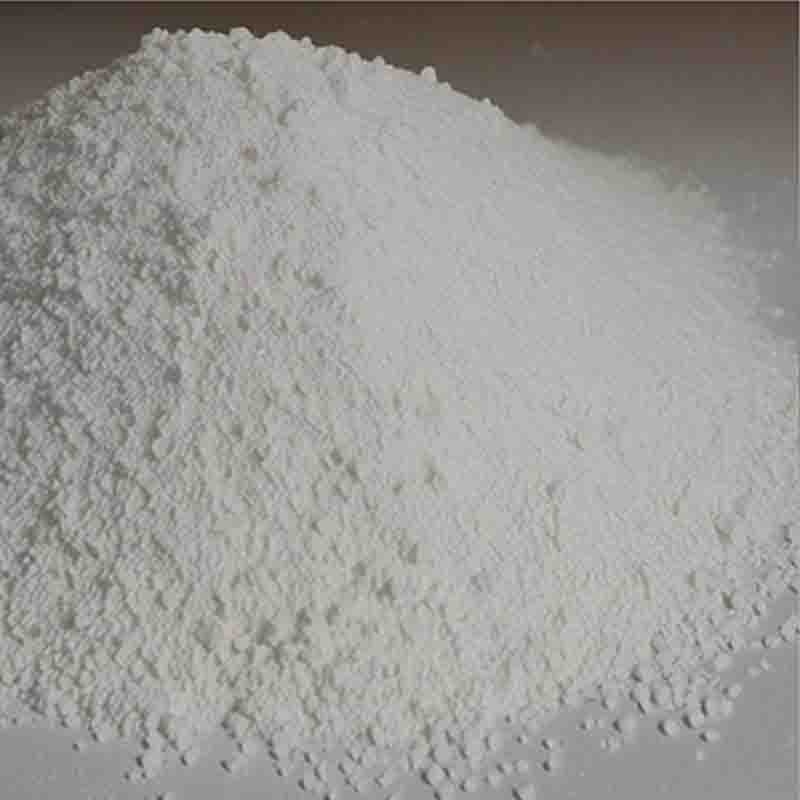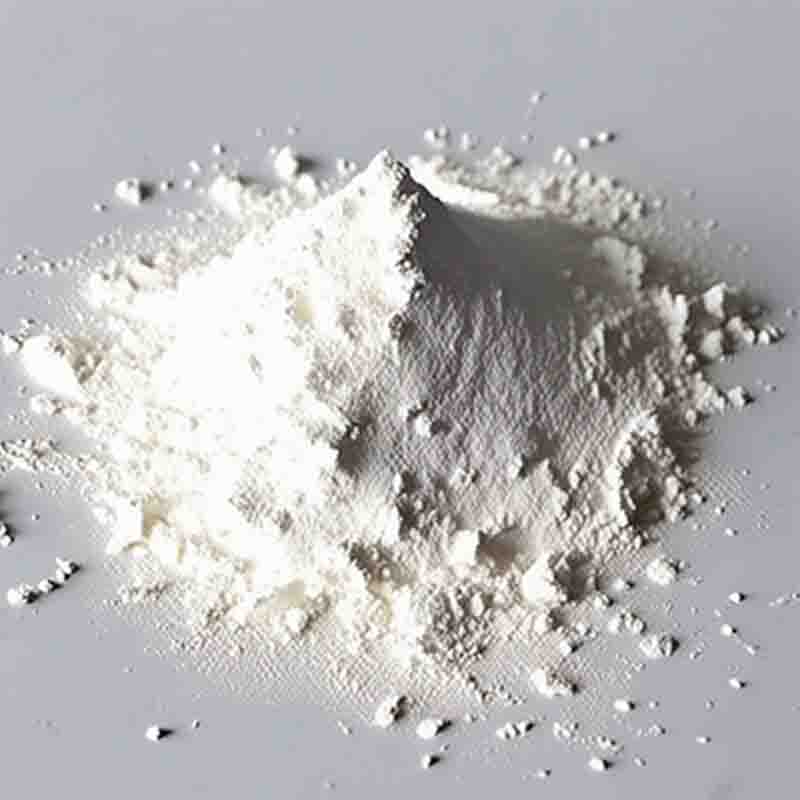4-Methoxytriphenylmethylchloride CAS:14470-28-1
| Catalog Number | XD95743 |
| Product Name | 4-Methoxytriphenylmethylchloride |
| CAS | 14470-28-1 |
| Molecular Formula | C20H17ClO |
| Molecular Weight | 308.8 |
| Storage Details | Ambient |
Product Specification
| Appearance | White powder |
| Assay | 99% min |
4-Methoxytriphenylmethylchloride, also known as Methoxytriphenylmethylchloride (4-MeOTMSCl), is a chemical compound commonly used in organic synthesis and as a protecting group for various functional groups. Here are some of the effects and applications of 4-MeOTMSCl:Protecting Group: Like its parent compound 4,4'-dimethoxytritylchloride (DMT-Cl), 4-MeOTMSCl acts as a protecting group. It is mainly used to protect alcohol and amine functionalities during multi-step synthesis. By selectively attaching the 4-MeOTMS group to the desired functional group, one can prevent unwanted reactions from occurring and target specific modifications.Stability: 4-MeOTMSCl provides stability to the protected functional groups, allowing for further reactions or manipulations. It protects alcohols by forming trityl ethers and amines by forming tritylamines. The 4-MeOTMS group enhances the stability of such protected functionalities, enabling subsequent reactions to be carried out with ease.Selectivity: The use of 4-MeOTMSCl as a protecting group allows for selective modifications of desired functional groups. By selectively deprotecting certain functionalities while keeping others protected, chemists have greater control over the reactions taking place and can drive the synthesis toward specific target products.Solid-Phase Synthesis: 4-MeOTMSCl is often utilized in solid-phase synthesis methods, such as solid-phase peptide synthesis (SPPS). In SPPS, it can serve as a temporary protecting group for the N-terminus of amino acids, facilitating the step-by-step incorporation of amino acids onto a solid support.Bioconjugation: 4-MeOTMSCl is also employed in bioconjugation reactions, similar to its parent compound DMT-Cl. It can react with primary amines of biomolecules, allowing for the attachment of various functional groups or tags. This enables the conjugation of biomolecules to other molecules, such as fluorophores or affinity probes, for various applications in biological research and diagnostics.It is worth noting that 4-MeOTMSCl should be handled with caution, as it is potentially hazardous. Researchers should adhere to proper safety precautions and follow established protocols when working with this compound. The specific effects and applications of 4-MeOTMSCl may vary depending on the synthetic or biochemical context in which it is used, making it important to consult relevant literature and established methodologies.


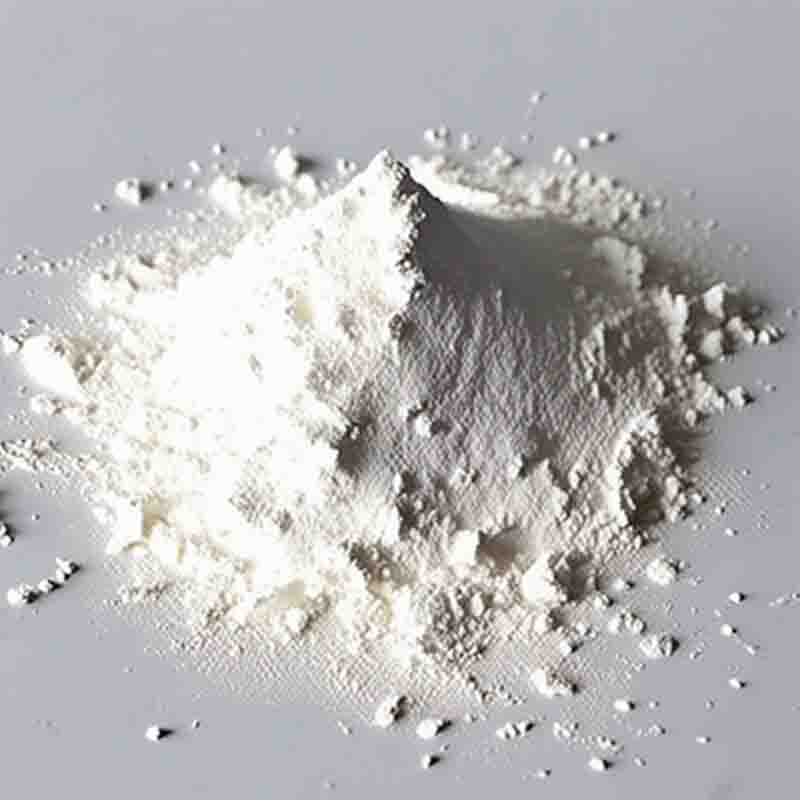

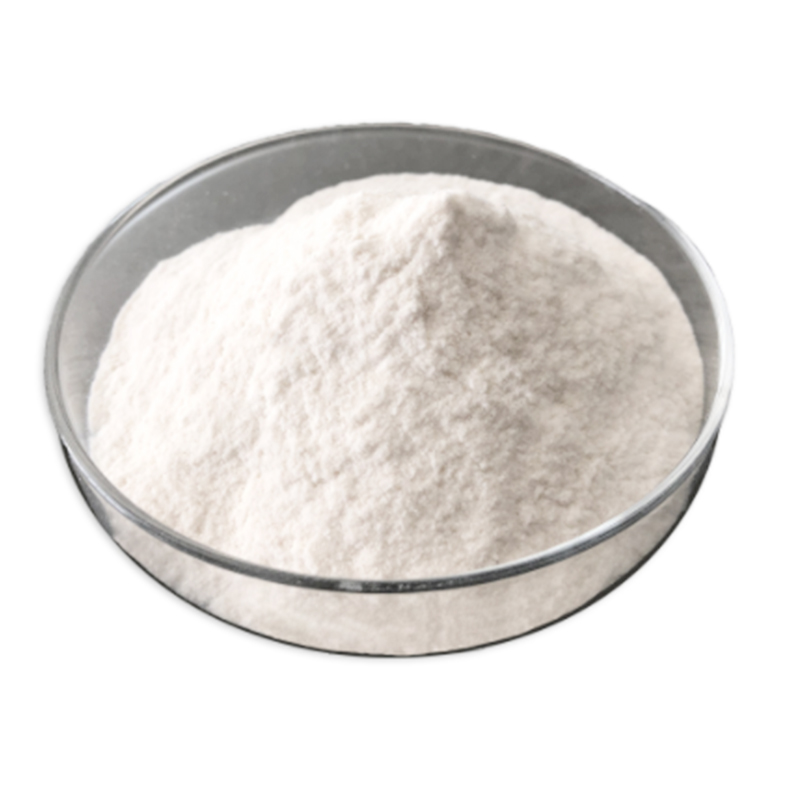
![(alphar,gammas)-gamma-[(3-Carboxy-1-oxopropyl)amino]-alpha-methyl-[1,1'-biphenyl]-4-pentanoicacid4-ethylestercalciumsalt(2:1) CAS:1369773-39-6](https://cdn.globalso.com/xdbiochems/白色粉末21413.jpg)
